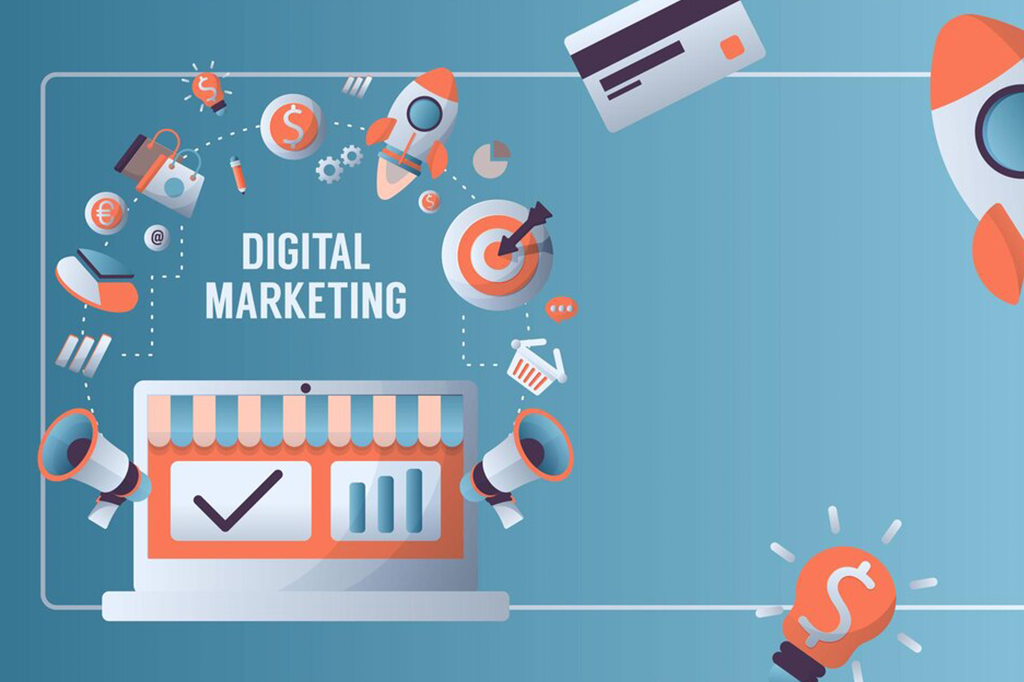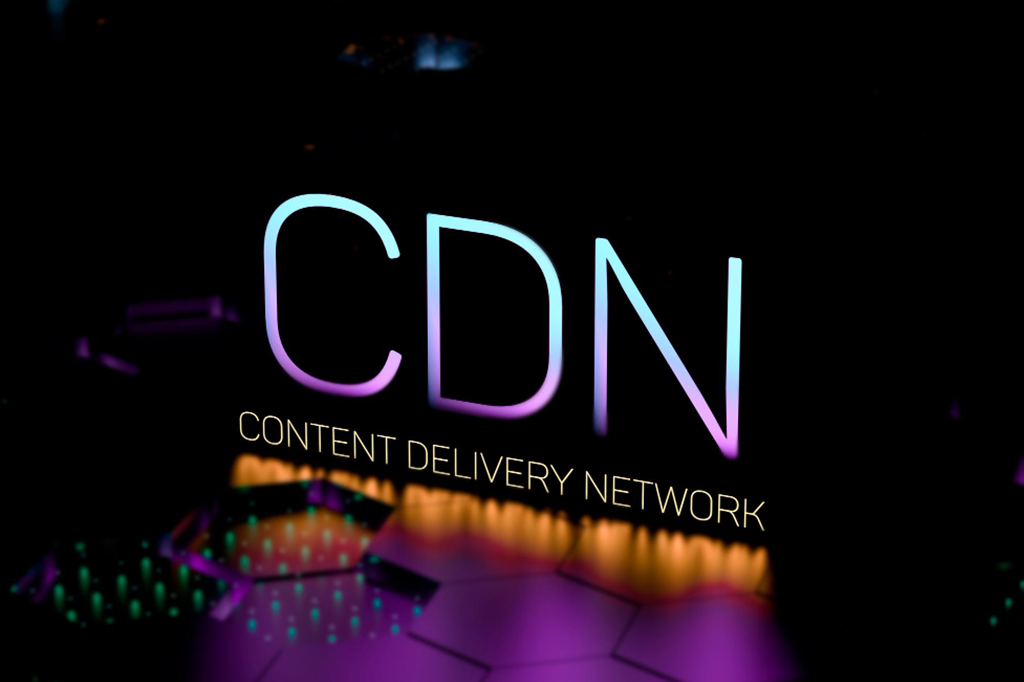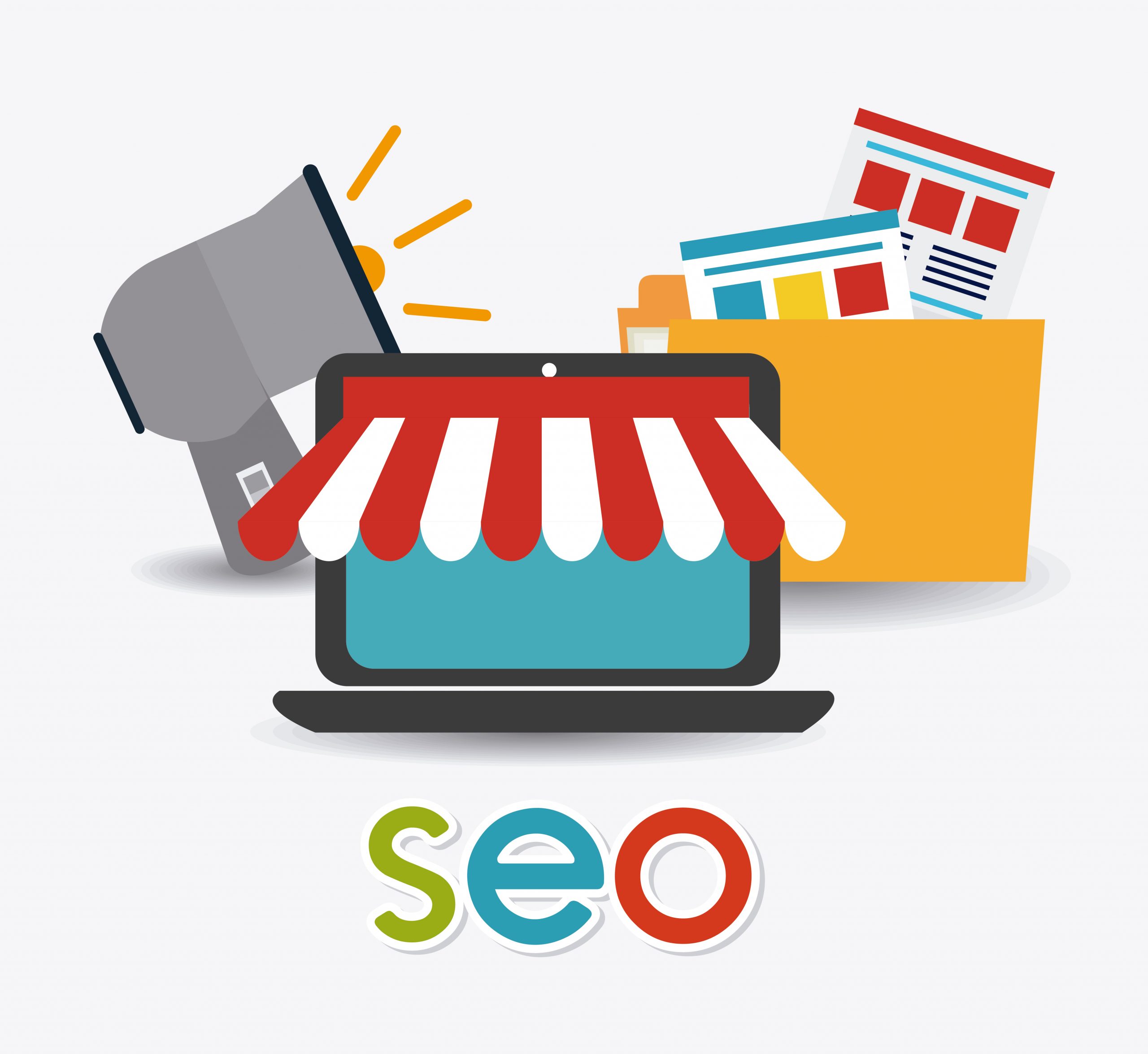
Digital marketing is essential in eCommerce as it allows businesses to efficiently reach and engage their customers. With technological evolution and changes in consumer habits, especially after the pandemic, eCommerce has rapidly grown. This has made digital marketing indispensable to stand out in a competitive market.
Understanding Your Audience
Start by gathering basic demographic data of your customers such as age, gender, location, and income level. This will give you a general idea of who is interested in your products. It’s important to understand the interests, hobbies, and buying behaviors of your customers. This can be achieved through surveys, social media analysis, and reviewing past purchase behaviors.
Use Google Analytics and other web analytics tools to gain detailed insights into how visitors interact with your website. Look at metrics like session duration, bounce rates, and conversion paths.
Segment your customers based on their behavior, such as the products they view and purchase, and tailor your marketing strategies for each segment.
From here, create detailed “buyer personas” profiles based on your research and analysis. These profiles should include not just demographic data but also the needs, challenges, and buying motivations.
Use these buyer personas to guide all your marketing decisions, from website design to advertising campaigns and messaging content.
Optimizing the Website for eCommerce
Once you understand your audience, the next step is ensuring your website is optimized to attract and retain customers.
Your eCommerce website design should be user-centric, intuitive, and easy to navigate. Ensure your site is responsive and functions properly on mobile devices, as a significant amount of purchases are made through phones and tablets. Also, incorporate clear and visible calls to action that guide users towards purchases or subscribing to your email list.
For SEO, research and use relevant keywords in your product titles and descriptions to improve your site’s ranking in search engines. Keep your site free from technical errors that could affect your ranking. Additionally, creating quality content is vital, not just for attracting users but also for improving your SEO.
The loading speed of your website is a crucial factor in retaining visitors. Optimize images to reduce their file size without sacrificing quality, minimize unnecessary code, and use caching techniques to speed up loading. Implementing a CDN (Content Delivery Network) can significantly improve loading speed, distributing content across multiple servers in different locations.
Social Media Marketing
Success in eCommerce is closely tied to an effective social media marketing strategy, as it allows direct connection with the audience and effective promotion of products. First, determine on which social media platforms your target audience is present. For example, Instagram and TikTok are ideal for a younger audience, while LinkedIn might be more suitable for a B2B market. It’s not necessary to be on all platforms; focus on a few where you can maintain a strong presence.
For content creation, it’s essential to use high-quality images and videos. This content should be visually appealing, reflect your brand, and encourage interaction. Post content that provides value, like tips or stories behind your products, and maintain a consistent tone and style to promote authenticity and customer trust.
Paid social media advertising represents a significant and effective tool. Use ad targeting to direct your ads to specific groups and perform A/B testing to determine which versions of your ads perform best. It’s important to monitor the performance of your ads, adjusting your strategies as necessary, focusing on key metrics like click-through rate and return on ad spend.
Email Marketing in the EU under GDPR
In the European Union, email marketing must comply with the General Data Protection Regulation (GDPR). I t’s essential to obtain explicit consent from users before sending them marketing emails. This ensures that your email list includes only those who are genuinely interested in your products, which can increase the effectiveness of your campaigns.
Once you have a list of consenting subscribers, personalization and segmentation are effective strategies. Personalizing emails based on user preferences and segmenting your campaigns for specific groups within your audience can significantly improve the relevance and effectiveness of your messages.
Also, it’s important to respect the privacy and rights of users, including providing an easy and clear way to unsubscribe from the email list. Respecting privacy is not just a legal obligation under GDPR, but it also fosters customer trust and loyalty.
Online Advertising and Retargeting
Online advertising and retargeting are essential tactics in eCommerce to increase the visibility of your products and capture potential customers. Using platforms like Google Ads, you can reach a wider audience, segmenting your ads based on characteristics like location, interests, and buying behavior.
Retargeting focuses on users who have already visited your site but did not complete a purchase. Through cookies, you can show them personalized ads on other platforms, keeping your brand present and increasing the likelihood of them finalizing their purchase. Continuous optimization is key to success in these strategies, helping to boost sales and strengthen your online presence.





